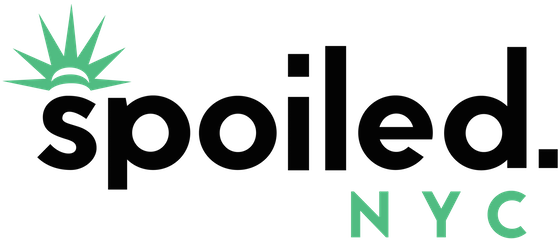Don't swim in the East or Hudson Rivers. No, not just because of the killer current.
The Daily News reported on a new study conducted by NY/NJ Baykeeper which made a pretty petrifying estimate regarding the amount of plastic floating around New York City's rivers at any time.
How much plastic, in fact?
Well, they estimated that there are at least 165 million plastic particles floating around in the waters around NYC.
Where does all this plastic come from? Well, it's anything from takeout containers to tiny beads, and the scariest part is that it sometimes ends up in our food supply.
"It just goes to show you big problems need big solutions," said Sandra Meola, a spokesperson for Baykeeper.
Baykeeper gathered their data by deploying environmental teams to canvas waters surrounding the city, including the New York Harbor, the Hudson River, the East River, the Upper New York Bay, and Newtown Creek.
In a very un-shocking twist, the highest concentration of plastic was found in the East River. In that notoriously filthy river, they found 556,484 particles of plastic per square kilometer.
[anad]
They used nets to trawl and collection millions of plastic particles. Some of the plastic particles were as small as grains of sand, while others were much larger.
Most of the plastic, however, was small. 85% of the particles were smaller than 5 millimeters in diameter.
Tiny plastic microbeads will be banned in July 2017, but now, they're used as a scrubbing agent in cosmetics. These beads accounted for tens of millions of the particles.
"Realizing that we're the source of the problem also means that we're the solution to the problem," said Sherri Mason, a consultant for the study and a chemistry professor at SUNY Fredonia.
The worst part about all the plastic clogging the rivers is that fish mistake the plastic specks for food and eat them.
"The plastic acts like a poison pill," Mason said.
Likely, humans then eat the fish who've eaten the microplastic. This is the reality of our ecosystem. When we eat those fish, we're unknowingly consuming cancer-causing chemicals.
"When just one large piece of plastic such as a single-use spoon, water bottle, or plastic bag enters our waterways and breaks down, the harmful impacts to wildlife and our own well-being ... are unfathomable," the study reads.
We've never boasted that our rivers were clean, but maybe it's time that we don't have to just accept their pollution lying down.
The government banning the beads is a good step, and we can all help by making sure to recycle all our plastic products.
Check out These Photos of NYC Subway Cars in a New Jersey Junkyard.
[via Daily News] [Feature Image Courtesy EcoWatch]



